SQUIRREL_13098586
Over the past few years, pressure cookers have made a comeback. People who remembered them from the 1950s and 1960s all had stories of the devices exploding, or shooting a jet of gravy from the lid at an inopportune moment. Thanks to safety concerns, unreliability and changing dietary habits, many pressure cookers got relegated to a box in the attic, never to be seen again.
Now, though, the picture is changing. Many people are enjoying the new wave of safer, more reliable pressure cookers, which can make tasty stocks and cook succulent meat, in a matter of minutes. Thanks to the rapidity with which they can cook food, pressure cookers can be more energy efficient than an oven or hob – a key selling point when many households are seeing their bills rise.
As well as offering pressure cooking capabilities, the Sage Fast Slow Pro also doubles up as a slow cooker, for those days when you want to pop dinner in it in the morning, and have something ready to eat in the evening after a hard day’s work.
Cooking with the Fast Slow Pro
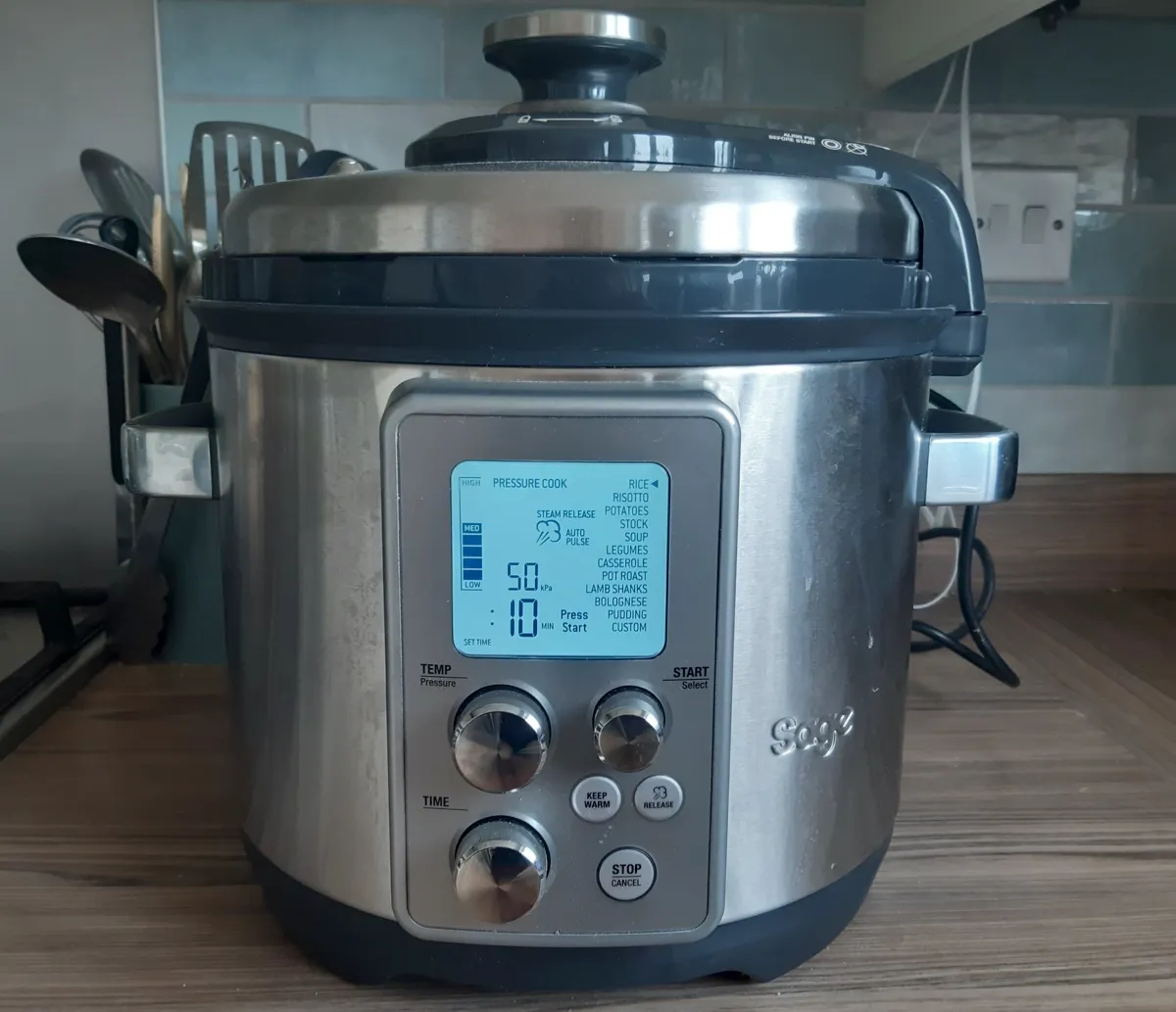
Out of the box, the Fast Slow Pro is a bit of a beast, measuring up at 35 x 35 x 35cm. I live in a new-build house with a pretty small kitchen, and only just managed to find a space for it nestled next to my toaster. Still, its brushed steel finish means it fits in unobtrusively with most kitchen décor.
On the front of the Fast Slow Pro are a bunch of buttons. These include a knob to adjust temperature and pressure, one to change the timer, one to select the cooking mode, a ‘keep warm’ button, a 'steam release' button, and a stop/cancel button.
In the menu settings, you can select what you’re cooking, whether that’s bolognese, stock, pot roast, risotto, potatoes or puddings, and so on. In the included recipe book, there are some really useful recommended settings, which you can match up to what you want to cook.
Handily, it also comes with a ‘reduce’ setting, so you can thicken up any sauces or stocks, as well as ‘sauté’ and ‘sear’ so you can brown off or cook any meat, veg and aromatics, prior to the main cook.
Finally, there is a trivet and steaming basket included, which, when combined with the ‘steam’ setting, lets you cook fish, shellfish, dumplings and vegetables.
Okay, it sounds pretty complicated, and I was a little nervous, but after playing around with it I quickly got to grips with the controls. One key thing is to ensure the lid is properly locked in place when pressure cooking. The first time I used it, the Fast Slow Pro wasn’t reaching the correct pressure, but it helpfully flashed up a warning on the front telling me that the lid wasn’t properly locked. It really does hold your hand throughout the process, and the display will tell you if the lid needs to be lifted, or locked, etc.
With the size of the device, I was a bit worried that it might be slightly too big for my household of two adults, but while it has a four-litre capacity, the minimum fill is one litre –easily enough for a reasonably greedy couple.
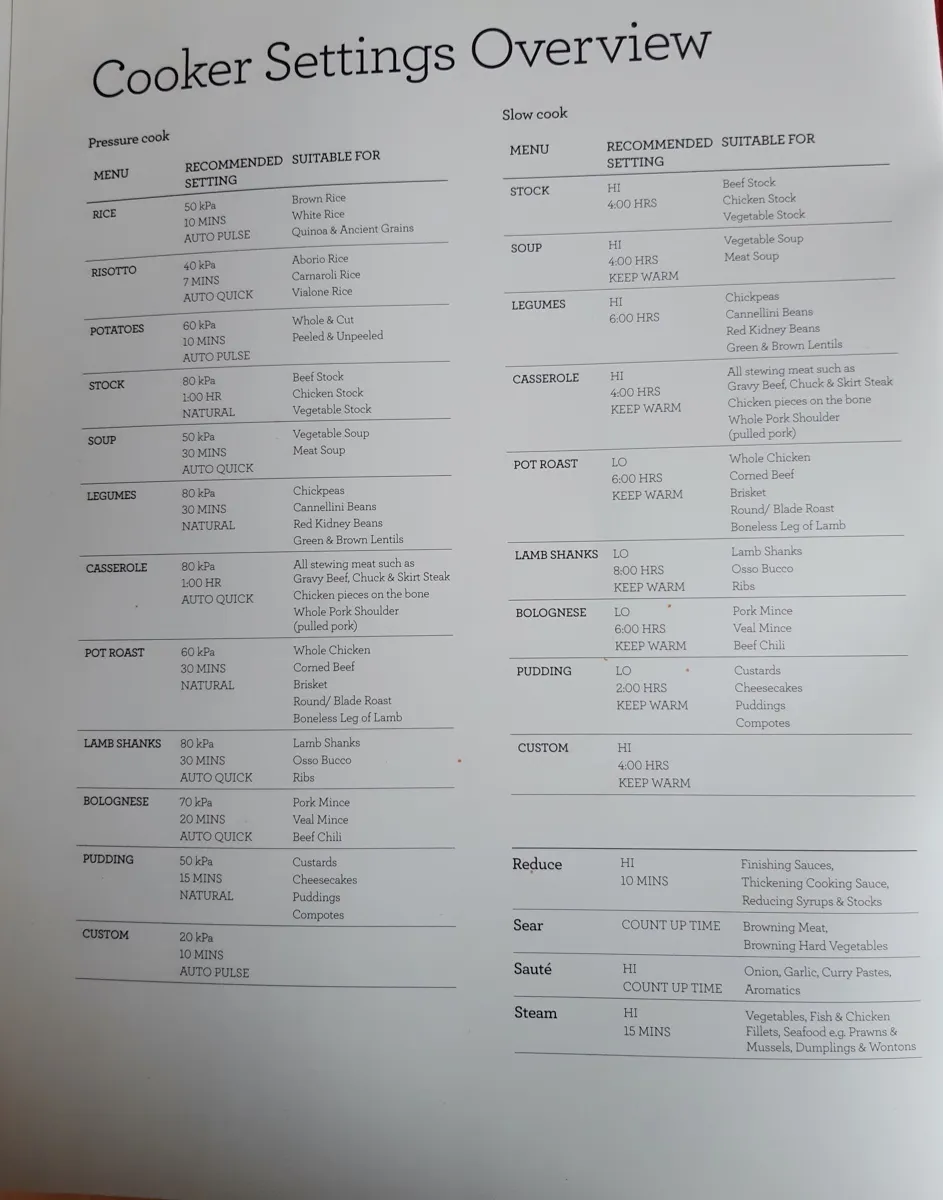
The included recipe book has a foreword by Heston Blumenthal, and has some really great recipes to try. However, the recipe book – and the instructions guide – lacked any information on how to cook basics. I wanted to try pressure cooking some rice, but wasn’t sure if I’d need to use more or less water than I would when cooking on the hob top. There was no guidance on this, which would have been a really useful addition.
Recipes
For my first recipe, I tried doing a vegetable soup to keep thing simple (and didn’t want to risk ruining a nice piece of meat if I messed up!). I sautéd the veg and aromatics to start – there is a timer that counts up, which is handy if you’re following a specific recipe that requires you to sauté for a given amount of time. It’s also possible to adjust the heat. The ‘high’ temperature is really quite lively…
I added the stock and some beans, then switched to the pressure cook settings and locked the lid. While it took a few minutes to reach the necessary temperature and pressure, within 30 minutes I had a really tasty soup, ready for lunch. It almost felt like magic! It contained carrots and swede, which can take forever to soften when cooked on the hob, but they were perfectly cooked and tender.
A word of warning: my two young dogs HATED the noise of the steam escaping from the Fast Slow Pro at the end of the pressure cooking cycle, and would start tearing around the kitchen barking hysterically. If you have similarly idiotic dogs, then I recommend shutting them in another room just before the end of the cooking time!
For the next dish, I wanted to try a veggie bolognese, using the pressure cook ‘bolognese’ setting. After 20 minutes, the food was ready, but I did run into the one hindrance of the pressure cooker. Because the lid locks in place, no moisture is lost during the cooking process. While this means that food will end up succulent and tender, it can lead to it being quite ‘wet’. The ‘reduce’ setting is helpful here, to an extent, but it can mean that you end up having to reduce your meal for 20 minutes after cooking, which kind of undoes the rapidity of the pressure cooker.
After discovering this, I made sure that I used far less liquid in my meals, if I planned to pressure cook them.
That week, my husband was lucky enough to be gifted some lamb chops from his boss who raises sheep. This was a great opportunity to try out the ‘lamb shanks’ setting on the pressure cooker. First of all, I seared the lamb, then added tinned tomatoes, herbs and butter beans for a Mediterranean-style dish. After 30 minutes they were ready – we ate them sprinkled with feta and served with greens and couscous. I don’t eat a lot of meat, but these were incredibly good. I was worried that the lamb might end up being tough or a bit ‘flabby’ but it was fall-off-the-bone tender and absolutely delicious.
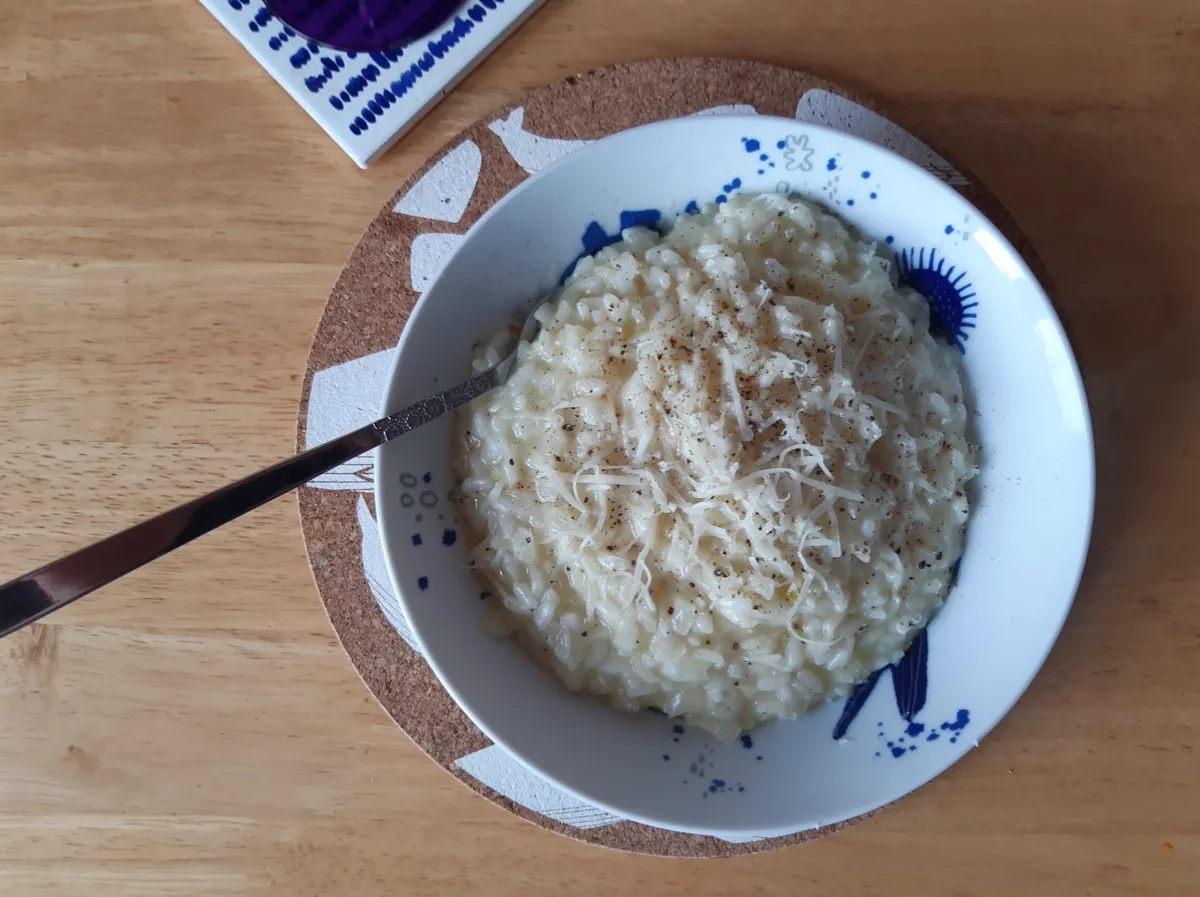
Next up was risotto. For this, I followed one of the recipes in the included book, but halved the quantities (its recipe was for four people). Risotto is one of my absolutely favourite things to eat, but I usually end up getting impatient and bored when cooking it, which inevitably means it ends up slightly undercooked and lacking the creaminess that makes it so comforting. With the Fast Slow Pro, after a quick bit of sautéing of the onions, garlic and rice, I popped in the wine and stock, then selected the ‘risotto’ setting and had delicious, creamy risotto in seven minutes. Seven minutes!
I’m a keen climber, and always come back ravenous after an evening on the walls, and this risotto recipe meant I could add something quick, filling and easy to my usual post-climb repertoire of pizza, instant noodles or cheese on toast.
The final dish I tried cooking was another one from the enclosed recipe book: a beef and bean chilli. I thought this one would be a great way to give the slow cooker setting a whirl. After sautéing the veg and then the meat, I popped in the spices to cook them for a couple of minutes before adding the remaining ingredients. I then put it on the slow cook ‘bolognese’ setting on low to cook for eight hours (there’s a high setting too, which would have taken three to five hours).
We weren’t quite ready to eat when it was done, but a ‘keep warm’ setting automatically switches on after cooking, so your food stays hot until you’re ready.
The chilli from the recipe book was so good, it was really rich in flavour and everything was cooked beautifully. In fact, my husband said it was the best chilli he’d ever eaten – high praise indeed.
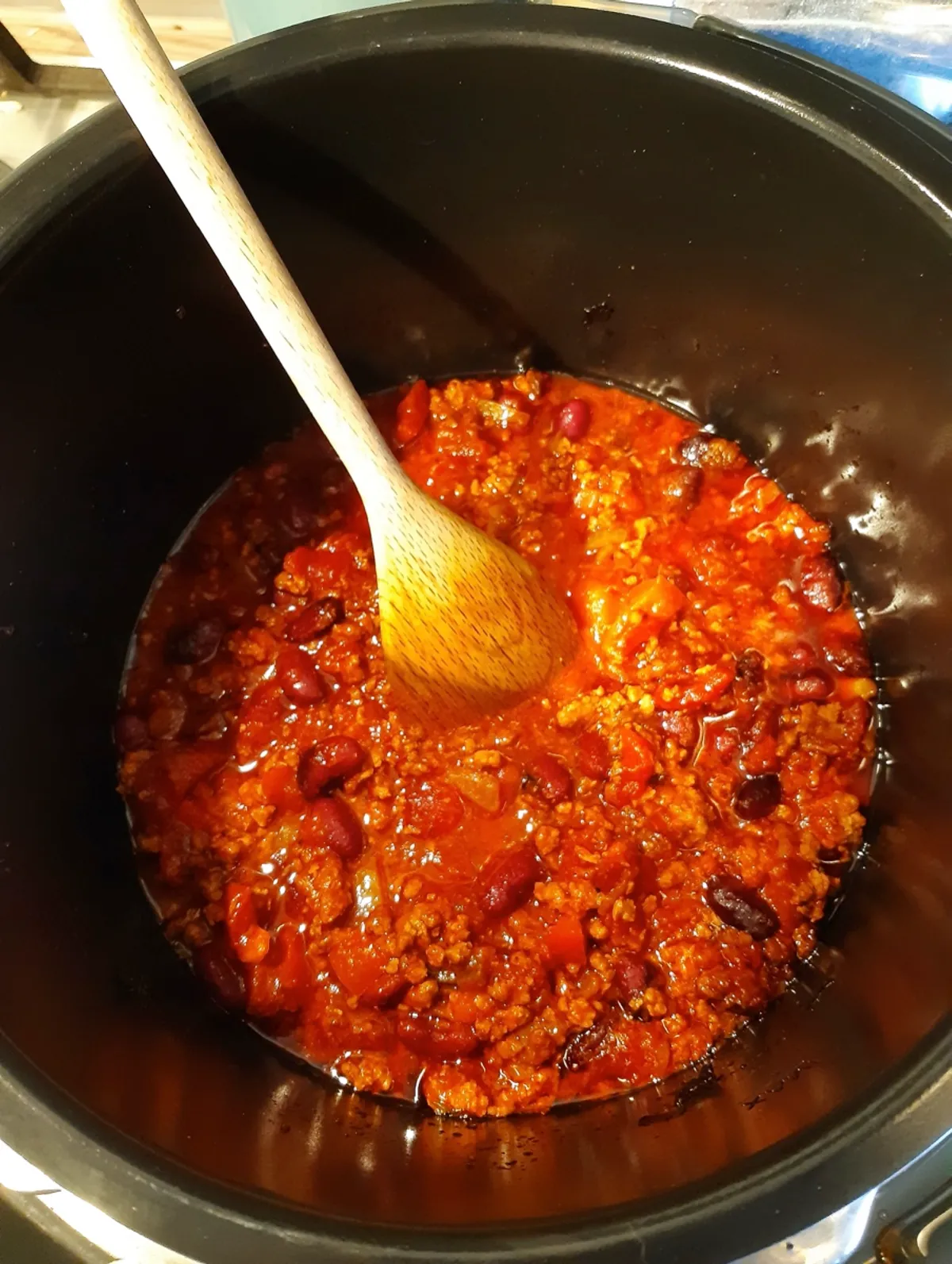
Verdict
While the Fast Slow Pro is a pretty massive piece of kit, if you have the space for it, I can really recommend it. I was dubious that it would manage to make delicious meals so quickly, yet it really excelled itself. But it was its ability to make such a comfortingly creamy risotto in seven minutes that impressed me the most.
It’s definitely useful for people who are time-poor and want to be able to quickly cook meals for their family at the end of the day, without compromising on flavour or nutrients.
I liked the fact that the recipe book gave you the recommended settings for cooking each dish using the pressure cooker or slow cooker settings. This meant you had two options, depending on if you wanted a lazy meal bubbling away all day, or if you needed something to eat NOW.
The designated washer-uppers will be pleased to know that the dish cleaned up beautifully. I was a bit worried that there would be a lot of gunk stuck to the sides after a day of slow cooking, but it wiped off easily, with little scrubbing required.
While this one is potentially more expensive than other pressure cookers on the market, it comes with the slow cooker capability and has plenty of settings to keep beginners and experienced cooks satisfied.
SQUIRREL_13098586
Alternatives to consider
NINJA Foodi 11-in-1 SmartLid Multi-Cooker 6L
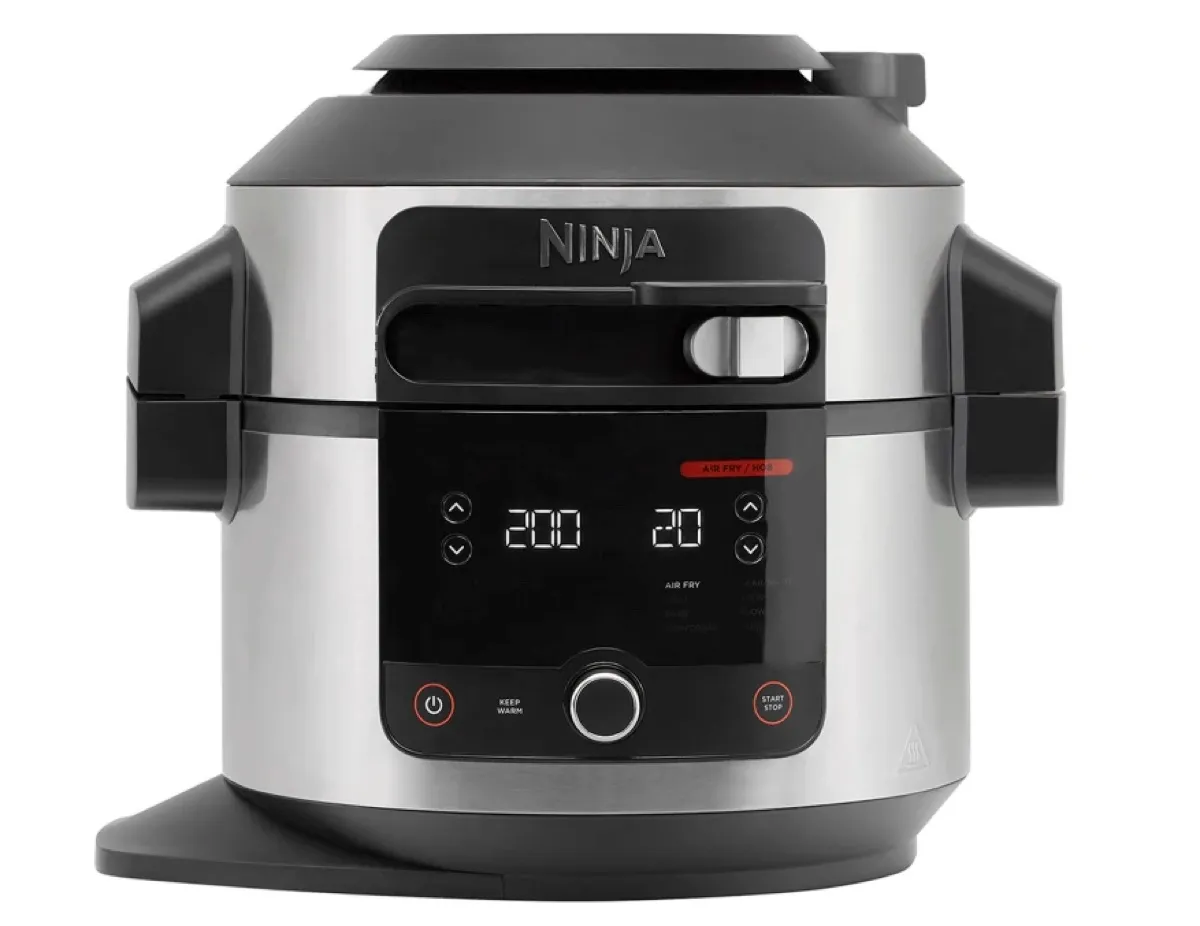
As well as slow cooking and pressure cooking, the NINJA Foodi 11-in-1 also comes with air fry and combi-steam functions to give you crispy results (perfect for a roast chicken!). Keen bakers will also love the prove and bake functions, for tasty, bakery-style loaves.
Instant Pot Duo 7-in-1 Smart Cooker, 5.7L
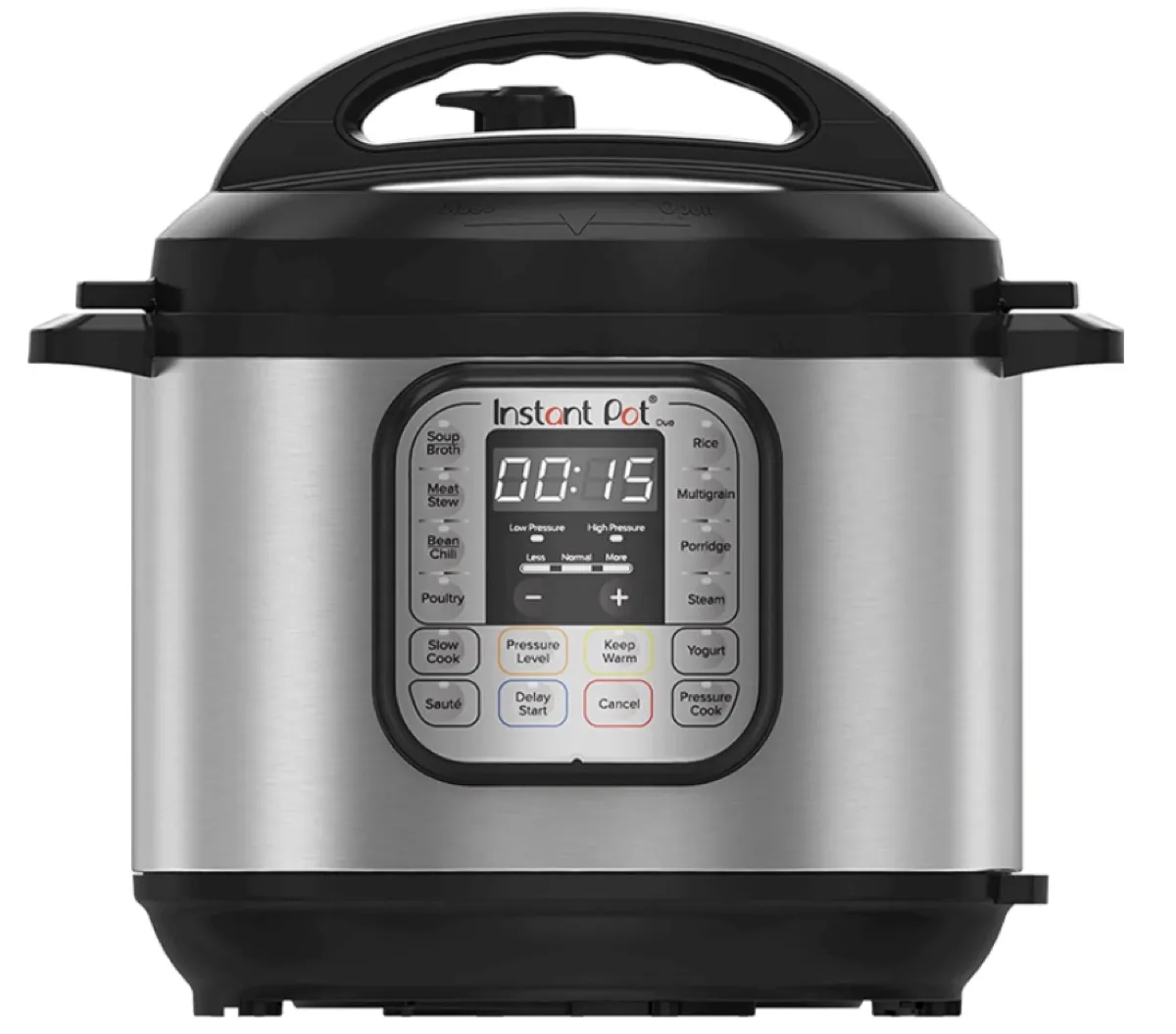
Arguably the most famous of the new wave of pressure cookers, the Instant Pot can pressure cook, slow cook and even make yoghurt. A free app offers loads of guided recipes with step-by-step instructions, so novices can easily get started. There are a number of different models of Instant Pot, but this bestselling one comes in at a lower price, making it a great option for students heading off to uni, or people moving into their first home.
Tower T80245 stovetop pressure cooker
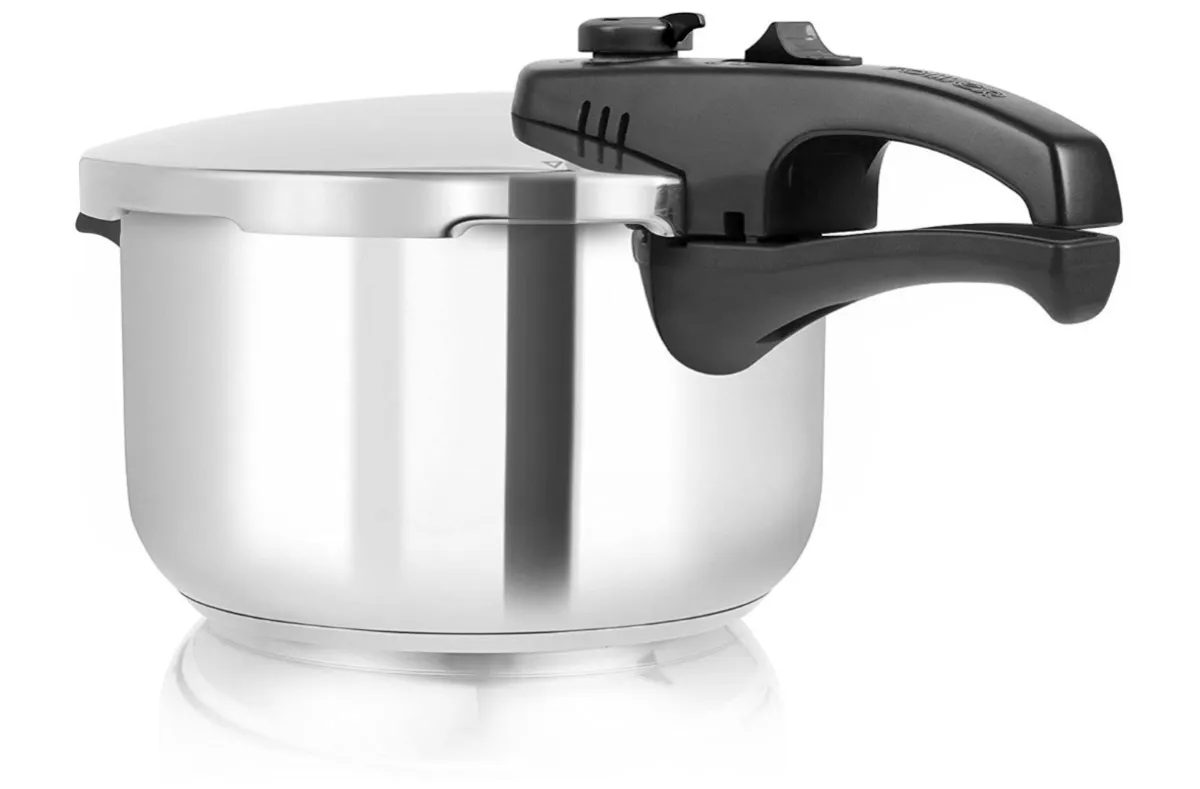
For people who are really short on space in their kitchens, a stovetop pressure cooker can help give speedy results without having to find the room for a large, plug-in device. With a generous three-litre capacity and a steamer basket, it should be large enough for a family of three or four.
